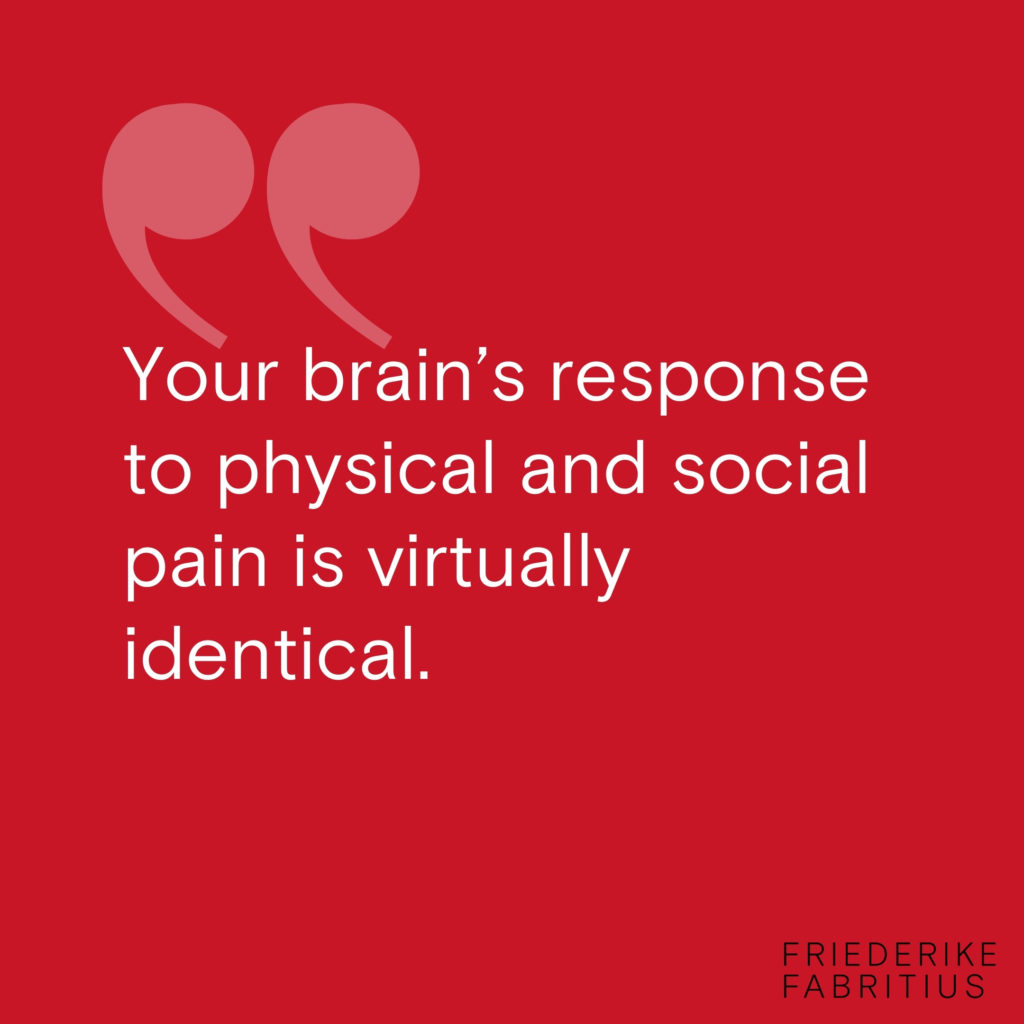How our brain responds to social rejection
One of the most fascinating neuroscience experiments ever done with functional MRI brain scanning involved a simple game of catch between three participants. Two were outside the scanning machine, and one–let’s call him Joe–lay in the brain scanner during the game.
When I viewed Joe’s scan, I was shocked. This was a brain in pain. Activity was clearly visible in the anterior cingulate cortex, processing pain in the medial prefrontal cortex. It looked as if Joe had been tortured in the brain scanner. His brain was coping with a lot of agony.
Did one of the researchers hit Joe’s thumb with a hammer, or hold a lighter to the soles of his feet? Actually, we neuroscientists are not allowed to do that stuff anymore! Here’s what really happened.
During the experiment, Joe and the other two subjects were playing cyberball in the fMRI room. They tossed an electronic ball back and forth while Joe was in the brain scanner. Joe was enjoying himself. His scan at that moment showed a brain that was happy and relaxed.
But after ten minutes, the other two players started tossing the ball between themselves, deliberately leaving out Joe. Joe’s second scan captured his brain as it struggled to cope with the emotional pain he was feeling due to this sudden social exclusion.
You know the saying “Sticks and stones may break my bones but words will never hurt me?” From a neuroscience perspective this is definitely not true.
Social pain like rejection is processed much like physical pain in our brains. In fact, you can take Tylenol when you’re feeling rejected and it will make you feel better, just as it would if you had a headache or other physical pain. You can even take Tylenol to ease a broken heart.
